Your newborn’s little snuffles and stuffy nose can be surprisingly loud — and honestly, kind of scary when you’re a new parent. It’s totally normal to feel a bit on edge when your baby sounds congested, especially when you’re not sure what’s causing it or if it’s something serious.
The truth is, most congestion in newborns is harmless and just part of adjusting to the world outside the womb. But of course, you want to know when to worry about newborn congestion and what signs are worth a call to your pediatrician. In this guide, we’ll break it all down for you — what causes it, how you can help at home, and how to spot the signs that it’s time to get medical advice.

Common Causes of Congestion in Newborns
It helps to remember that newborn noses are tiny, so even a little bit of mucus can make your baby sound like they have a full-blown cold. Most of the time, you’re hearing normal newborn “snuffles.” But if you’re asking, “Why does my newborn sound congested?”, here are the usual culprits:
|
Cause |
Why it Happens |
What It Looks/Sounds Like |
|
Newborn “leftovers” |
After birth, traces of amniotic fluid and vernix can linger in your baby’s airways. |
Gurgly breathing or wet sneezes during the first few days. |
|
Narrow nasal passages |
Babies breathe almost exclusively through their noses, and those passages are extra-small. Even a thin film of mucus or swelling can cause congestion noises. |
Snorting, grunting, or noisy inhalations, especially while feeding. |
|
Dry indoor air |
Central heating or air-conditioning dries out nasal linings, which makes them swell and produce more mucus. |
Congestion that improves after running a cool-mist humidifier. |
|
Environmental irritants |
Dust, pet dander, perfume, cigarette smoke, or even strong cooking odors can irritate delicate nasal tissues. |
Sneezing fits or a suddenly stuffier nose when the irritant is present. |
|
Reflux or milk dribble |
Spit-up can creep into the back of the nose, especially when baby lies flat after feeding. |
Snuffle sounds right after meals; clears once baby is upright. |
|
Common cold viruses |
Babies catch colds easily; their immune systems are brand new. |
Clear or yellow mucus, mild cough, or a slightly fussy mood—but often no fever. |
|
Maternal hormones |
Hormones transferred before birth can make a newborn’s nasal membranes a bit puffy for the first couple of weeks. |
Mild, persistent stuffiness that gradually eases on its own. |
|
Rare structural issues |
A deviated septum or choanal atresia (a blockage in the back of the nose) is uncommon but can cause ongoing congestion. |
Constant, severe stuffiness from day one; often accompanied by feeding or breathing difficulty. |
When to Worry About Newborn Congestion
While most newborn stuffiness is harmless, you still need to know the red flags that mean it’s more than everyday “baby snuffles.” If you see any of the warning signs below, act sooner rather than later—your pediatrician would rather reassure you than have you wait too long.
1. Breathing Looks or Sounds Hard
If your baby’s chest or belly seems to cave in with each breath (called “retractions”), the nostrils flare wide, or you notice rapid breathing (> 60 breaths per minute), treat it as urgent.
Grunting at the end of each breath or a high-pitched wheeze are also red-flag sounds that require prompt medical evaluation.
2. Color Changes
Bluish lips, tongue, or skin (cyanosis) mean your baby isn’t getting enough oxygen. Even a brief blue episode is a reason to seek immediate care. A dusky gray hue or persistent pallor can signal the same issue.
3. Feeding Troubles
Congestion that makes your newborn stop sucking, tire out quickly, or refuse feeds can lead to dehydration and poor weight gain. If feeding sessions become shorter, fewer, or unusually tiring, call your pediatrician.
4. Fever
Any fever of 100.4 °F (38 °C) or higher in a baby under three months is an automatic trip to the doctor, congestion or not.
5. Signs of Infection
Thick green or foul-smelling mucus, a deep chesty cough, or eye drainage can point to an infection that needs treatment.
6. Lethargy or Irritability
A congested newborn who is suddenly floppy, overly sleepy, or inconsolably fussy may be struggling to breathe or fighting an illness. Trust your instincts—dramatic changes in behavior usually merit a same-day check-up.
7. Symptoms Lasting More Than Two Weeks
If you’re asking, “How long does congestion last in newborns?”, snuffles tied to birth fluids and narrow nasal passages usually settle within the first couple of weeks. If congestion lingers longer—especially if it never improves when you use saline drops, suction, or a cool-mist humidifier—have your baby examined to rule out structural issues or allergies.
8. Any Episode of Stopping Breathing
If your baby pauses breathing for more than 10 seconds (apnea) or you need to stimulate them to start again, call emergency services right away.
When Not to Worry About Newborn Snuffles —and Care at Home
As we’ve learned, newborns have tiny nasal passages and spend most of their time lying flat, so a little congestion is expected. As long as your baby is breathing easily, feeding well, and staying their usual color, those snuffle sounds are usually no cause for alarm.
Here’s what’s totally normal and can be cared at home:
- Occasional sneezes — your baby is simply clearing dust or fluid.
- Wet gurgles in the first week — leftover birth fluid working its way out.
- Snorting while feeding — the tongue pushes milk and air around a very small airway.
- More noise when lying flat — gravity brings nasal secretions forward.
- Congestion that eases with a humidifier or after you hold your baby upright.
How to Help Your Baby’s Congestion at Home
Wondering how to help newborn with congested nose? Most newborn stuffiness clears up with a few simple tricks. The ideas below are safe from day one and recommended by pediatricians. Use as many as you need—and remember that if things don’t improve or you see any red-flag symptoms, call your doctor.
1. Use Breast Milk Drops
What can you give newborns for congestion? Well, a few drops of natural breast milk in your baby’s nostrils can work wonders to loosen mucus. After putting in the drops, encourage tummy time. When they lift their head, the mucus naturally drains. If tummy time isn’t possible, holding your baby upright after feeding can also help.
2. Clear the Nose Gently
Of course, you’ll want to learn how to clear congestion in newborn safely. Use the saline drops + bulb syringe combo. A few drops of plain saline (0.65 % sodium chloride) in each nostril thin and soften dried mucus, making it easy to remove. The AAP notes that suction alone can’t shift sticky secretions, so saline must come first.
Here’s how to do it:
- Saline drops or spray: Lean your baby’s head slightly back, place 2-3 drops in each nostril, wait 30 seconds, then suction.
- Bulb syringe or nasal aspirator: Squeeze any air out of the bulb first, insert just inside the nostril (not deep), then release slowly to withdraw the fluid. If you’re using a hose-style aspirator, keep the tip at the entrance of the nostril and create gentle suction.
- Limit to every few hours: Over-suctioning can irritate nasal tissue.
Add Moisture to the Air
Newborns breathe more easily when indoor humidity sits around 30–40 percent. A cool-mist humidifier keeps nasal linings moist, loosens congestion, and is recommended over warm-mist models because it avoids scald burns. Run the machine near the crib, use distilled water, and clean it daily to stop mold and bacteria from recirculating.
If you don’t have a humidifier, sitting with your baby in the bathroom with a hot shower running for 10 minutes can provide similar relief.
Keep Positions Comfortable—But Safe
When asked what to do for a stuffy newborn, holding your baby upright on your chest after feeds for about 15 minutes lets gravity drain residual milk away from the back of the nose and eases breathing.
When it’s time to sleep, always place your baby flat on their back in a bare crib; wedges or inclined sleepers marketed for congestion have been linked to suffocation and are not recommended by the CDC or AAP safe-sleep policies.
Daytime tummy time, while you are alert and watching, opens the chest and temporarily lessen nasal stuffiness.
Keep the Fluids Coming
Frequent breastfeeding or bottle feeds thin mucus from the inside out. If your baby is too stuffy to nurse or drink for long, offer shorter, more frequent feeds.
Reduce Irritants
Reduce household irritants by:
- Keeping smoke, vaping, candles, strong perfumes, and household chemicals away.
- Washing bedding and your clothes in fragrance-free detergent.
- Vacuuming and dusting regularly, especially if you have pets or an older-home heater that kicks up particles.
Skip Unproven or Risky Remedies
- No over-the-counter cold meds (they’re unsafe for infants).
- Avoid menthol rubs or essential oils on baby’s skin—they can irritate breathing passages.
- Don’t prop the crib mattress; it increases SIDS risk without proven congestion benefits.
Watching your newborn struggle with a stuffy nose can be heartbreaking. To soothe those fussy moments—and make tummy time more engaging—consider keeping an Alilo AI toy within reach.
One lovely option is the Alilo Smarty Bunny baby rattle, a sweet bunny-shaped rattle with soft silicone ears that glow in calming colors. Shake it gently to cycle through 66 nature sounds or tap a button to play nursery rhymes and stories.
At night, its built-in lullabies and 30-minute auto-sleep timer create a gentle wind-down routine. Beyond congestion days, it grows with your little one, boosting hand-eye coordination and fine-motor skills—and giving you another cheerful ally in those early weeks.

Conclusion
It’s tough seeing (and hearing) your little one struggle with stuffy nose — especially when you’re not sure what’s normal. The good news? Most newborn congestion clears up with a little TLC at home. But as a parent, it’s important to trust your gut and know when to worry about newborn congestion. If your baby seems to be working hard to breathe, isn’t feeding well, or inconsolably fussy, don’t wait — check in with your pediatrician. You’re not overreacting — you’re being a great parent.
FAQ
When should I take my newborn to the doctor for congestion?
Call your pediatrician right away if your baby is breathing hard (nostril-flaring, grunting, chest pulling in), running a fever of 100.4 °F / 38 °C or higher, struggling to feed, turning blue or gray around the lips, or if the congestion lasts more than two weeks without easing. When in doubt, trust your gut and get professional help.
Should I be worried if my newborn is congested?
Mild snuffles are common; tiny nasal passages make every sniffle sound dramatic. As long as your baby is breathing comfortably, eating well, and staying their normal color, you can relax and try home-care tips. Worry only if you see red-flag signs like difficulty breathing, feeding, fever of 100.4 °F / 38 °C or higher, or persistent discomfort.
Should I take my infant to ER for congestion?
In most cases, congestion doesn’t require a trip to the ER. But if your baby can’t catch their breath, has pauses in breathing longer than about 10 seconds, shows blue lips or skin, or seems too weak to feed or stay awake, head to the ER or call 911 right away. Severe or sudden breathing distress is always an emergency.
Is it okay to let a newborn baby sleep with a stuffy nose?
Yes. As long as your baby is breathing comfortably and there are no red flags, it’s fine to let them sleep. Place them flat on their back in a bare crib (no pillows or wedges), clear the nose with saline and suction beforehand, and run a cool-mist humidifier to keep the air moist. If congestion worsens during sleep or your baby wakes gasping, call your pediatrician right away.

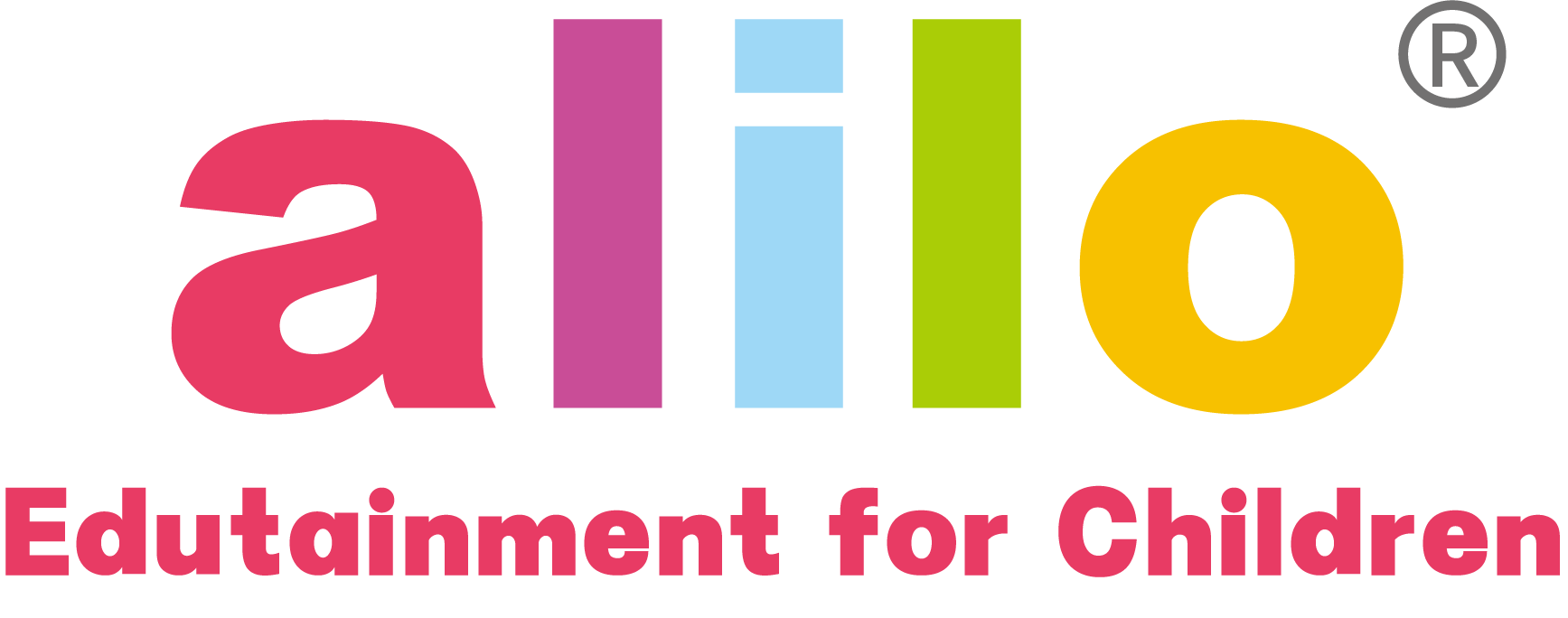
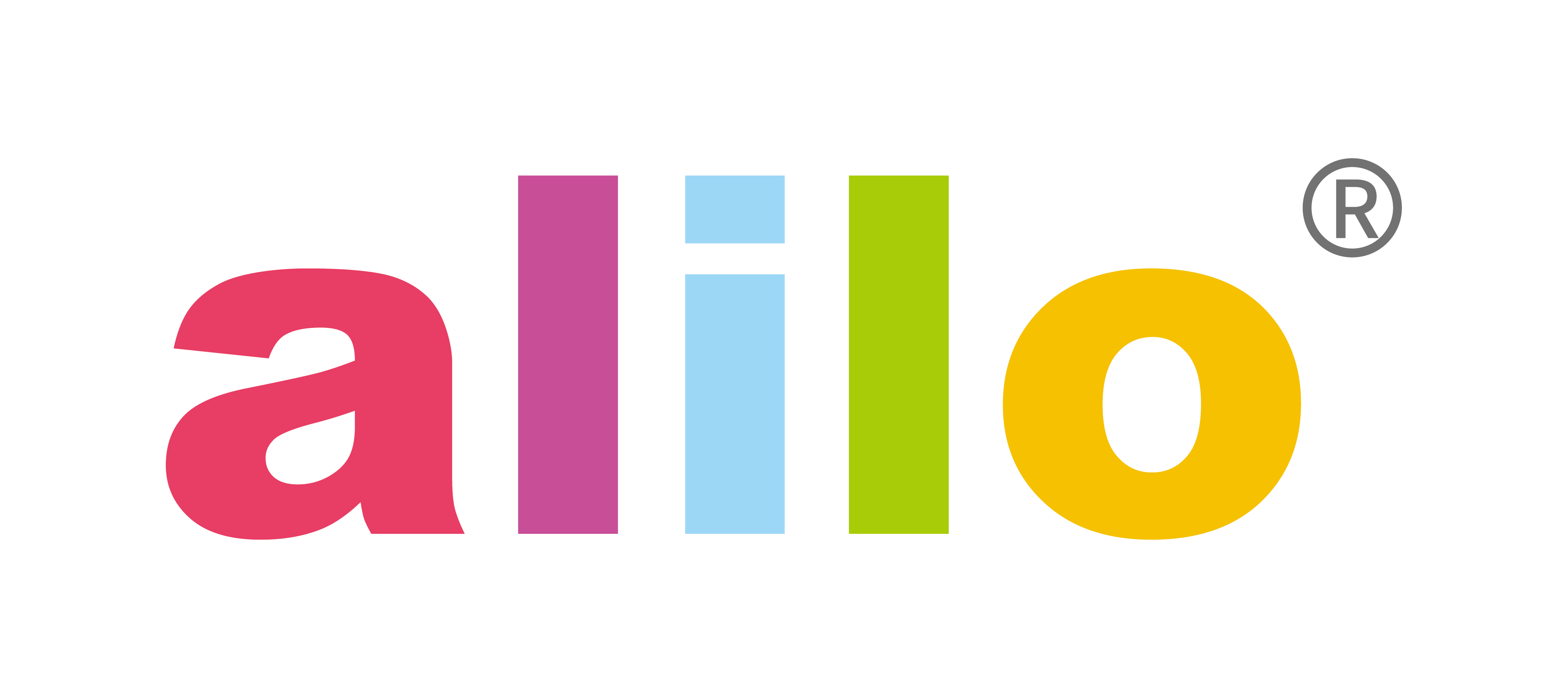

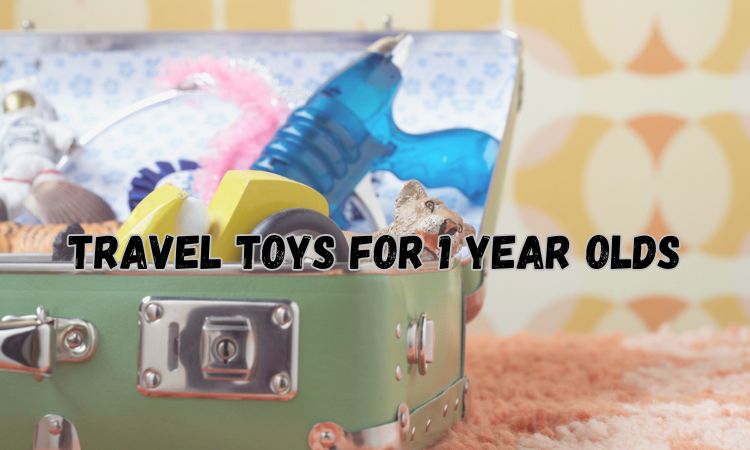
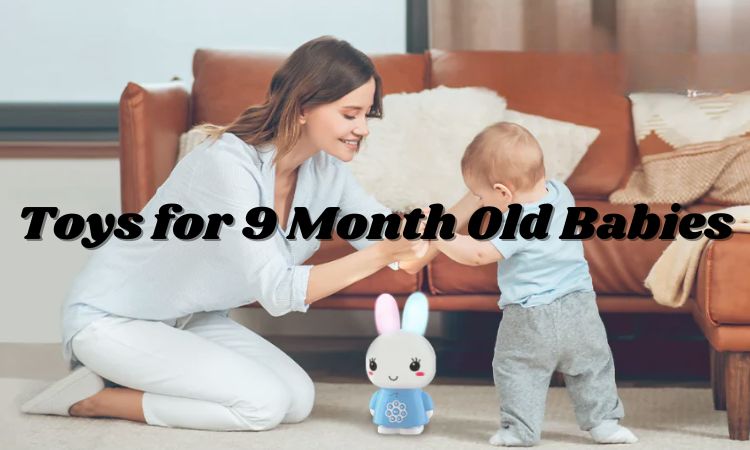
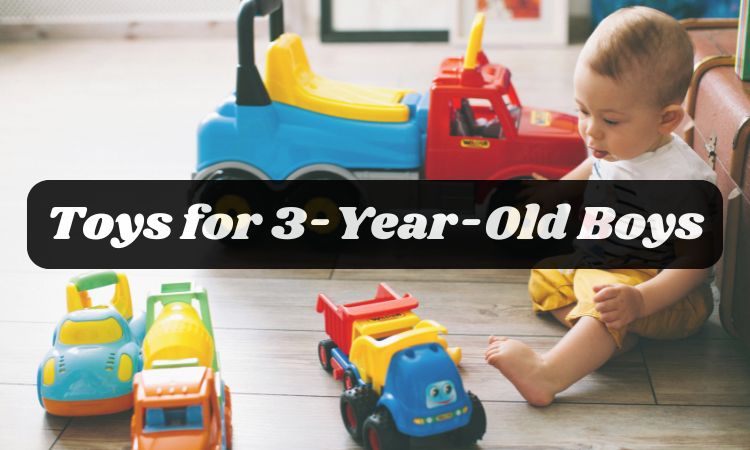
Share and get 5% off!
Simply share this product on one of the following social networks and you will unlock 15% off!